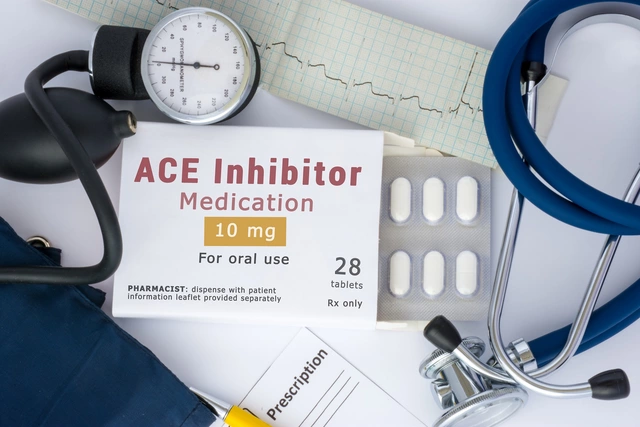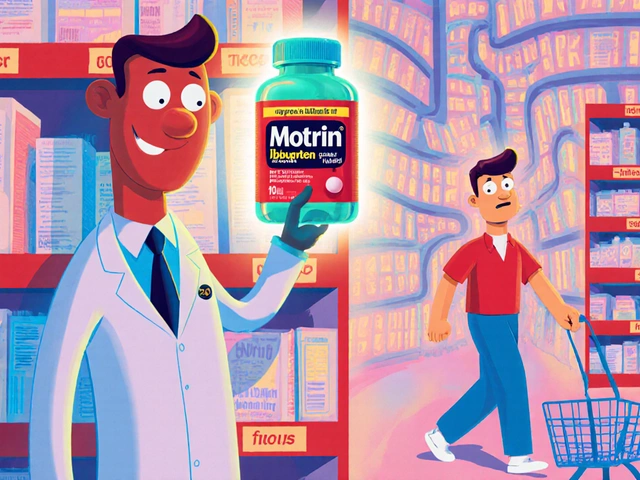Medication Effects: What They Are and How to Handle Them
If you’ve ever taken a pill and wondered why it made you feel better—or worse—you're looking at medication effects. In plain words, they’re the changes a drug causes in your body. Some are the good stuff that treats disease, others are unwanted bumps like nausea or dizziness.
Therapeutic Effects vs. Side‑Effects
The therapeutic effect is why you take the medication in the first place. For example, ibuprofen reduces inflammation and eases pain. That’s the intended benefit. Side‑effects are anything else that pops up: stomach upset, headaches, or a rash. Most side‑effects are mild and go away, but a few can be serious.
How do you know which is which? Check the label or ask your pharmacist. If a symptom starts soon after you begin a new drug and isn’t part of your illness, it’s probably a side‑effect. Keep a short diary—date, dose, what you feel—to spot patterns quickly.
Drug Interactions: When Meds Mix Badly
Another big piece of medication effects is interactions. That’s when two drugs (or a drug and food) affect each other’s performance. A classic case: taking an antibiotic with dairy can cut down the antibiotic’s absorption, making it less effective.
To avoid surprises, write down every prescription, over‑the‑counter pill, supplement, and herbal product you use. Show the list to any new doctor or pharmacist. They’ll flag combos that could cause trouble, like blood thinners with certain painkillers.
Practical Tips for Managing Effects
Start low, go slow. When a medication is new, doctors often begin with the smallest effective dose. That helps you feel any side‑effects early and lets them adjust before the dose gets higher.
Take meds with food or water as directed. Some drugs irritate an empty stomach; others need an empty gut to work best. Follow the instructions exactly—they’re based on how the drug behaves in your body.
Don’t stop abruptly. Stopping certain medicines, like steroids or antidepressants, can cause withdrawal symptoms or a rebound of your condition. Always ask how to taper safely.
Report serious reactions. If you get trouble breathing, swelling, or a severe rash, call emergency services right away. Even less dramatic but persistent issues—like a new heart rhythm feeling—should be told to your doctor.
When to Talk to Your Healthcare Provider
If side‑effects linger longer than a week, get worse, or interfere with daily life, schedule a check‑in. Sometimes a simple dose tweak solves the problem; other times they’ll switch you to another drug that works better for you.
Remember, medication effects are normal and expected. Understanding them helps you stay in control of your health rather than feeling surprised by every new sensation.
Bottom line: know what a drug is supposed to do, watch for unwanted changes, keep an updated list of everything you take, and communicate openly with your care team. With these steps, you can enjoy the benefits while keeping the downsides in check.
Atomoxetine and Sensory Processing: What to Know
After researching Atomoxetine's effects on sensory processing, I've come across some significant findings. This medication, typically used for ADHD, seems to have a substantial impact on how the brain processes sensory information. It's particularly beneficial in reducing hypersensitivity and improving focus, making it easier for individuals to interact with their surroundings. However, it's also important to note that like any medication, Atomoxetine can have side effects and its use should be monitored by a healthcare professional. Stay tuned for more updates on this fascinating topic!






